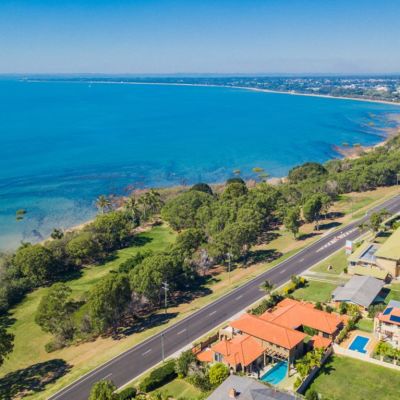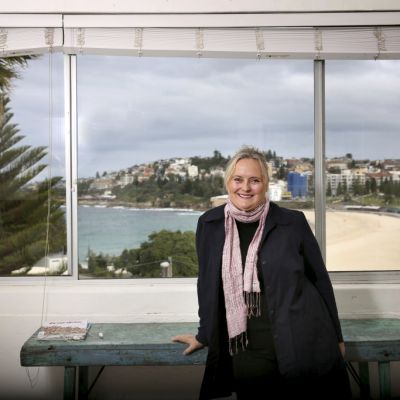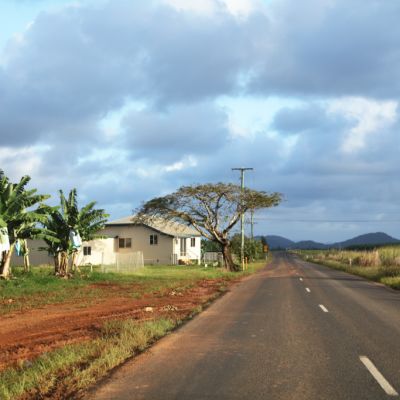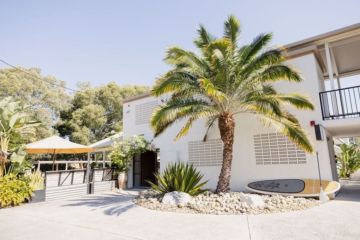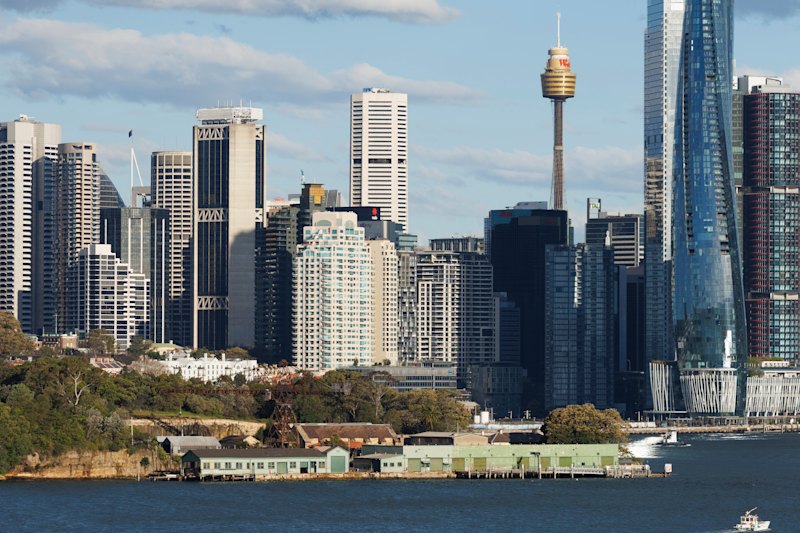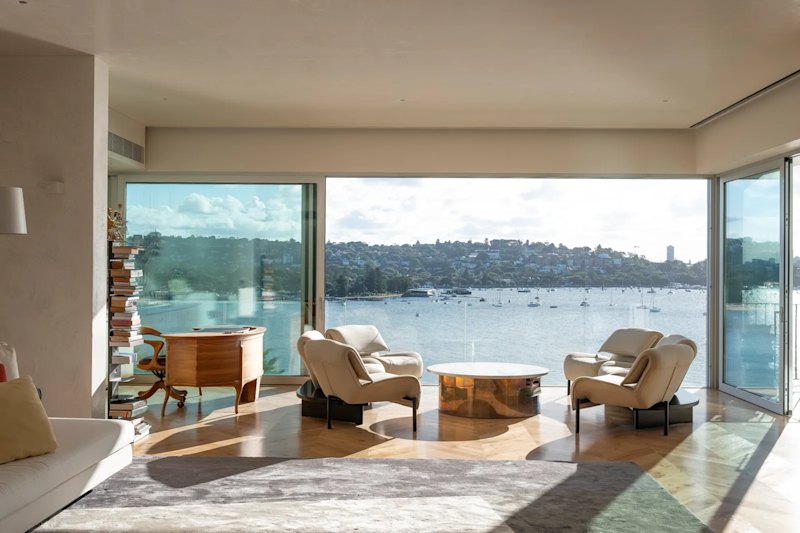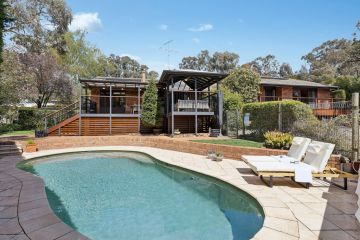Ballarat and Bendigo are two of Australia's most liveable regional cities
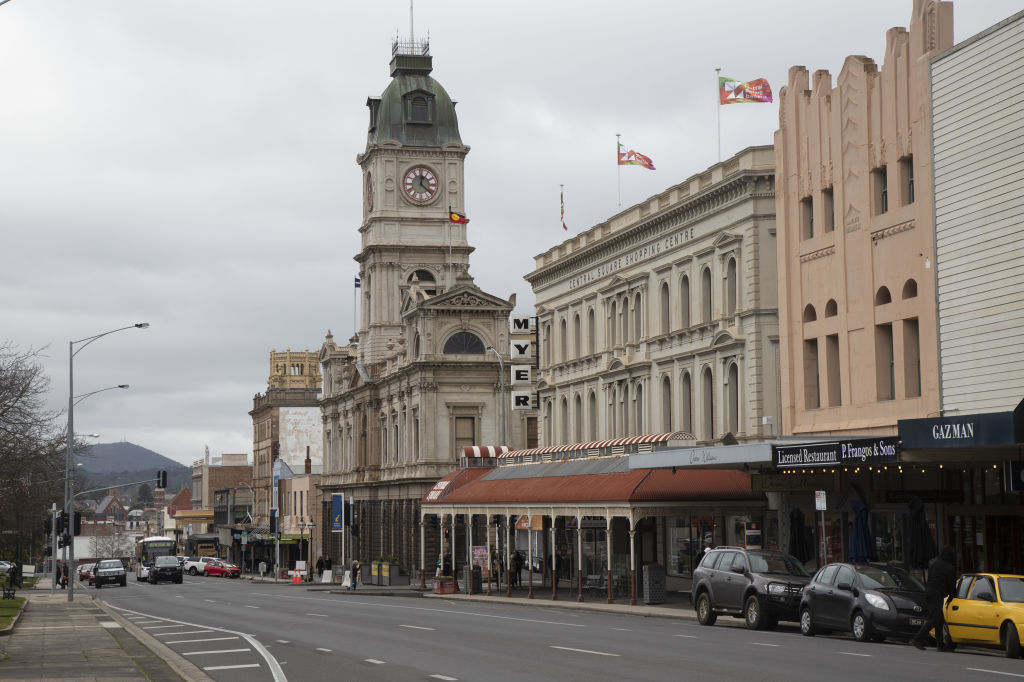
Thought about moving further out of Melbourne? Here’s another reason: Ballarat, in the Central Highlands of Victoria, has been named Australia’s most liveable regional city.
It was closely followed by other Victorian regional cities with Bendigo and Geelong making up the top three ranking in the new RMIT Centre for Urban Reseach’s study.
Lead researcher Lucy Gunn said five main criteria were taken into account including access to public transport and public open space, access to supermarkets, local employment and services and housing affordability.
“Ballarat and Bendigo have populations of around 90,000 and Geelong’s is 231,000,” Dr Gunn said. “I don’t think it is surprising [they ranked well] because they were built during the gold rush – so they are a little bit older and have good services in that regard.”
A key benefit of living in a regional city is that people often live close to their workplaces, she says.
“Ballarat and Bendigo performed well on this indicator, as well as access to public transport, which our research shows has major health and wellbeing benefits because it allows residents the opportunity to be more active.”
The researchers also named the top regional cities in other states: Wollongong (NSW), Toowoomba (Queensland) and Launceston (Tasmania). Cities with larger populations and good services rated better.

While these cities were more liveable, they would need to ensure they were not making the same mistakes as the nation’s capital cities to continue being so, Dr Gunn said.
“Ballarat, Bendigo and other similar-sized regional cities are at a tipping point,” she said. “We can see this clearly in the maps and data that they are starting to look like larger cities.
“As we’ve seen in the capital cities, residents on the urban fringe have less access to these services, which can impact their health and wellbeing.”
Dr Gunn said careful planning for population growth was needed, including planning facilities and transport needed before new developments were built on the fringes of regional cities.
Despite the need to plan well for such new developments, buyers, particularly first-home buyers, are keen to snap up a home in these relatively affordable areas.
Biggin & Scott Ballarat’s Francesca Nicol said developers had been buying land on the outskirts of the regional city to build new homes.
Home owners were also looking to sell and move closer to the Ballarat CBD.
With so many buyers interested in a home close to the inner city, prices there were being pushed upwards, Ms Nicol said.
Ballarat Central’s median house price sat at $505,000 in the December quarter, Domain figures show.
“It’s not just Melburnians, people from Warrnambool and Sydney are moving to Ballarat. There’s a bit of a mix of buyers,” she said.
Even so, some buyers were wary of the market, given the unknown impact of the coronavirus outbreak which has seen people self-isolating across the country.
“There’s just uncertain times ahead for the economy, so I think they’re keen to lock it in and ride it out,” Ms Nicol said.
It’s the first time a study on the liveability of regional cities has been undertaken in such detail, with RMIT’s Dr Gunn saying it included data from eight years of research.
“The benefit of looking at these liveability measures separately is you can see where each city is performing well and where improvements can be made,” Dr Gunn said.
We recommend
States
Capital Cities
Capital Cities - Rentals
Popular Areas
Allhomes
More
